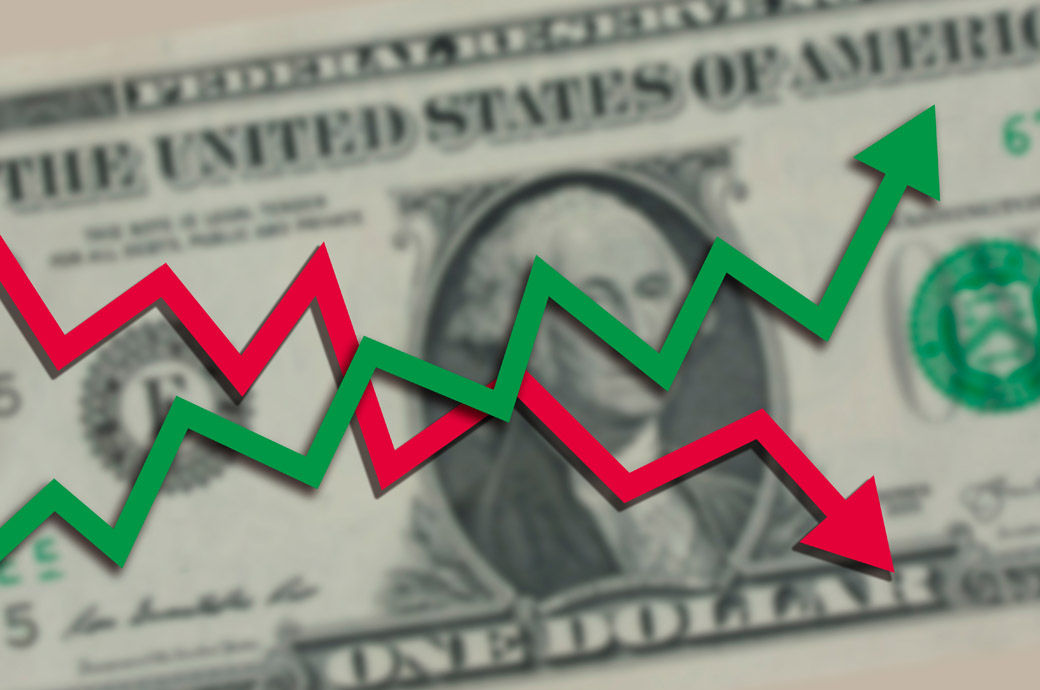The August National Association for Business Economics Policy Survey found that two-thirds of the panelists are confident of a ‘soft landing’.
US recession fears are falling now, says a Deloitte analysis.
Though the economy is slowing, GDP still appears to be growing faster than its long-run potential, it noted.
Recent US trade data has been strong.
US exports are projected to grow at a good pace over the five-year horizon. Imports, however, will be restrained by the fall in demand for consumer durables.
Though job growth has slowed, the economy continues to add jobs at rates that are much greater than the underlying growth of the labour force, the analysis by Daniel Bachman said.
Deloitte forecast that labour force growth will fall to around 500,000 per year in the coming years. The level of job growth consistent with full employment would then be just 41,000 per month. Increased immigration and unusually high growth in labour force participation could allow faster job growth, but it would be hard to bet on either of these scenarios, it noted.
In the baseline scenario, economic growth slows to the potential rate of around 1.5-1.6 per cent, while inflation moderates to below 3 per cent by 2025. This ‘soft landing’ may be accompanied by a stable labour market, despite slowing job growth. Some sectors, however, may experience weakness.
In the second scenario in which Inflation comes back, the decline in inflation due to decreasing supply chain pressures proves to be temporary. Continued strength in the labour market pushes wages up, leading to higher costs and prices.
In the third scenario of a next recession, the Federal Reserve’s (Fed) focus on inflation will lead it to minimise risks to the economy until it is too late. The already weak economy contracts a substantial 1.9 per cent by the end of 2024. The unemployment rate rises to 5.2 per cent in 2025. The Fed eases monetary policy and the economy starts growing in 2026.
Recent US trade data has been surprisingly strong. After contributing to growth for the last four quarters, net exports were slightly negative in the second quarter of 2023. And that’s despite a relatively strong dollar coupled with high inflation.
Deloitte’s forecast shows US exports growing at a good pace over the five-year horizon as the dollar falls and growth picks up abroad. Imports, however, will be restrained by the fall in demand for consumer durables, the analysis noted.
The low inflation reported in June and July this year reflects a decline in the underlying trend, with some estimates of trend inflation now below 3 per cent.
The Deloitte forecast continues to assume that the current inflation is ‘transitory’ in the sense that it will dissipate over time. Its baseline forecast shows consumer price index-based inflation falling to below 3 per cent by late 2024.
Fibre2Fashion News Desk (DS)





